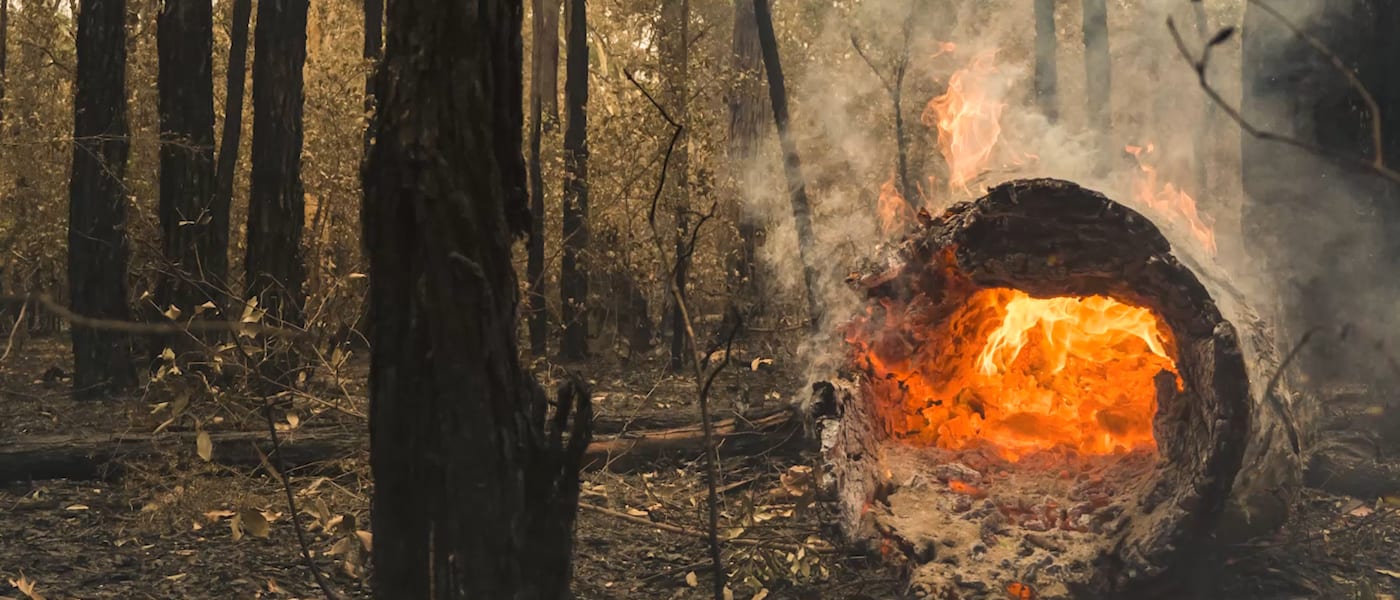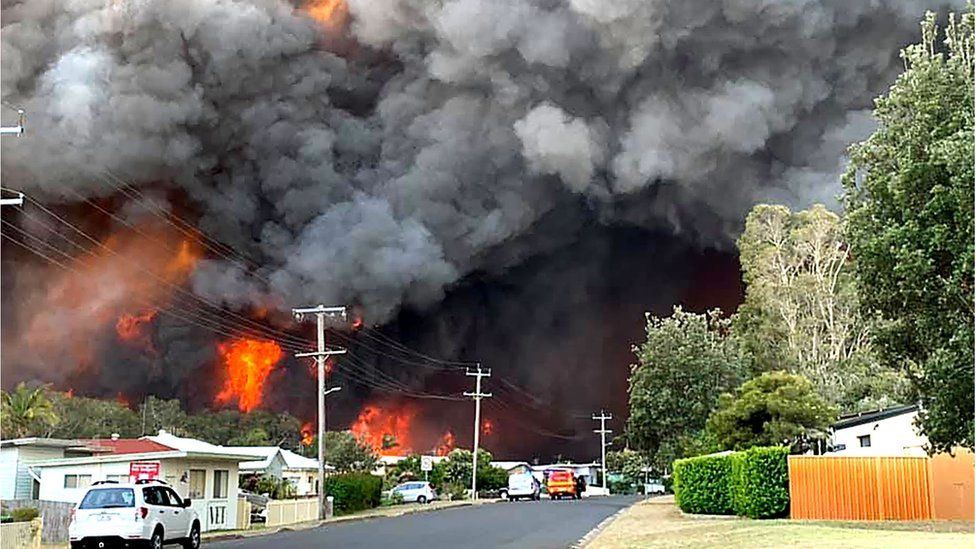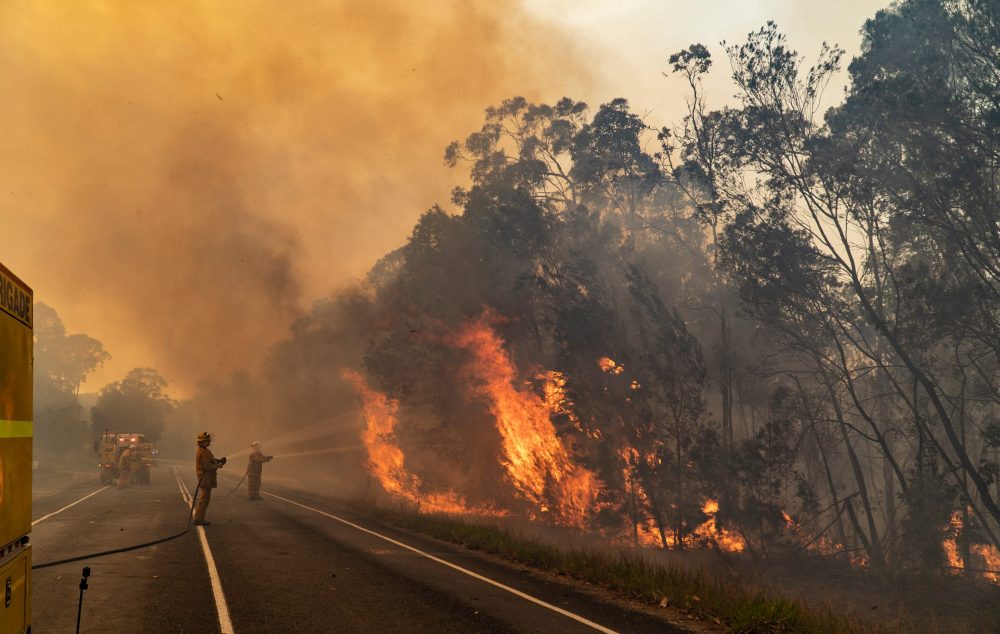BAL Report Basics: Vital Details for Homeowner
BAL Report Basics: Vital Details for Homeowner
Blog Article
Exactly How BAL Report Impacts Bush Fire Defense Measures
In the realm of bush fire protection, the Building Assault Degree (BAL) report stands as a crucial device that considerably affects the safety and durability of residential or commercial properties in fire-prone locations - BAL Report. The influence of a BAL analysis extends far past plain documents; it functions as the cornerstone for establishing the appropriate building standards and fire protection steps needed to mitigate the dangers presented by bushfires. As areas face progressively severe fire periods, recognizing exactly how the BAL report shapes these protective actions becomes vital for property owners, builders, and policymakers alike
Comprehending the Bushfire Assault Degree

Value of BAL Report Analysis

Additionally, the BAL report evaluation functions as a foundational action in abiding by lawful commitments and requirements associated to bushfire security. Regional councils and authorities frequently mandate the submission of a BAL report as component of the preparation and structure authorization procedure to ensure that residential properties are properly protected against bushfire risks. Failing to carry out a detailed BAL record analysis can result in inadequate defense actions, leaving residential properties susceptible to ravaging bushfire events.
Building Criteria Based on BAL
An extensive understanding of the Bushfire Assault Level (BAL) enables residential property proprietors to carry out building requirements tailored to their specific threat account. Building and construction requirements based on BAL are essential in mitigating the influence of bushfires on residential or commercial properties. The BAL score categorizes the potential risk a home faces throughout a bushfire on a scale from BAL-Low to BAL-FZ (Fire Area) Each BAL level represents certain building requirements laid out in the Australian Common AS3959-2018 Construction of Structures in Bushfire-Prone Areas. Residential or commercial properties classified as BAL-Low may just require standard steps such as clearing debris and preserving Look At This yards, while those in greater BAL classifications require more robust procedures like ember screens, fireproof materials, and sealed windows. Sticking to these building requirements not just enhances the structural resilience of the building but likewise enhances the total safety and security of residents during a bushfire occasion. Consequently, home proprietors should thoroughly consider their BAL score and abide with the corresponding building criteria to sufficiently guard their owners and homes.
Carrying Out Fire Protection Measures
With the foundation of construction requirements based on Bushfire Assault Degree (BAL) in location, the focus now moves in the direction of the sensible application of fire defense steps to strengthen properties against bushfire threats. Easy actions consist of using fire-resistant building materials, setting up ember guards on vents, sealing gaps in roofings and walls, and maintaining a clear room around the residential or commercial property totally free from flammable greenery. By incorporating both passive and active techniques, properties can dramatically lower their vulnerability to bushfire incidents and raise the security of passengers.
Shielding Houses Versus Bushfires
Effectively safeguarding homes against the destructive influences of bushfires calls for a detailed and positive technique to fire protection measures. In addition, sealing voids and vents to stop cinder breach, as well as integrating fire-resistant doors and windows, can aid strengthen the home's protection versus bushfires. By accepting a positive stance and incorporating these protective procedures, homeowners can dramatically raise their possibilities of safeguarding their homes versus bushfires.
Verdict
In conclusion, the Bushfire Assault Level (BAL) record plays a crucial duty in figuring out the required defense steps against bushfires. By evaluating the BAL, construction requirements can be tailored to alleviate the risks and make certain the security of homes in fire-prone locations. Executing fire defense steps based upon the BAL report is crucial in protecting homes from potential bushfire threats. It is important for home owners to prioritize BAL evaluations and follow suggested construction requirements to boost bushfire resilience.
In evaluating bushfire threat to homes, comprehending the Bushfire Strike Degree (BAL) is a critical component for applying efficient defense measures. In general, a clear understanding of the Bushfire Strike Level is necessary for here applying ample defense actions and mitigating the influence of bushfires on residential or commercial properties.

Report this page